Hey there! So, you’ve found yourself in a bit of a pickle after that financial crisis, huh? Don’t worry, we’ve got your back.
In this article, we’re going to show you exactly how to recover from credit card debt and get back on track. It’s not gonna be easy, but with a little determination and some smart moves, you’ll be waving goodbye to that debt in no time.
Ready to take control of your finances? Let’s dive in!
Key Takeaways
- Gather all credit card statements and assess outstanding balances to get a clear picture of the debt situation.
- Create a budget and cut unnecessary expenses by opting for generic brands, stocking up on sale items, and limiting dining out.
- Prioritize credit card payments using the Debt Snowball Method, paying off smaller debts first and exploring consolidation options with lower interest rates.
- Negotiate with credit card companies for lower interest rates, explore debt consolidation options for easier management, and consider seeking professional financial counseling for expert advice and accountability.
Assessing Your Current Debt Situation
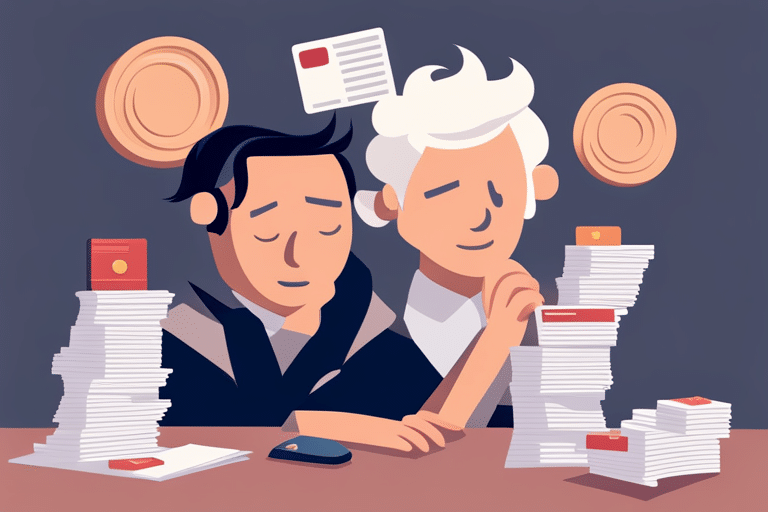
Before you can start on your journey to recover from credit card debt, it’s important to assess your current debt situation. Take a deep breath and face the numbers head-on.
Assessing financial stability might not be the most enjoyable task, but trust me, it’s crucial for your recovery process. Start by gathering all your credit card statements and listing down the outstanding balances. This will give you a clear picture of how much you owe.
Next, it’s time to analyze your spending habits. Look through your bank statements and identify any unnecessary expenses or patterns of overspending. It’s essential to understand where your money is going so you can make necessary changes moving forward.
Creating a Budget and Cutting Expenses
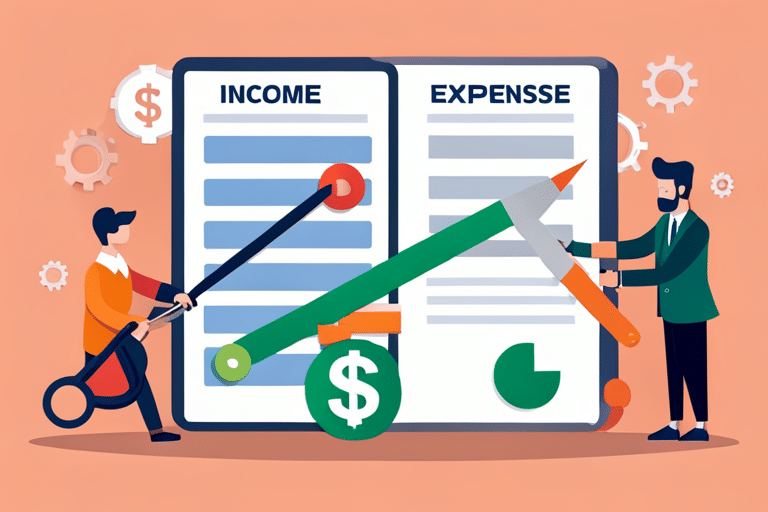
Start by assessing your current spending habits and finding areas where you can cut back. It’s time to tighten those purse strings and make some changes to your lifestyle.
Here are a few ideas to get you started:
- Grocery Shopping: Skip the fancy organic aisle for now and opt for generic brands or sales items.
-
Buy in bulk: Stock up on non-perishable items when they’re on sale, so you save money in the long run.
-
Eating Out: Limit dining out to special occasions and learn to cook at home.
- Plan your meals: Create a weekly meal plan and stick to it, so you know exactly what groceries you need.
By making these small but significant changes, you can start cutting back on unnecessary expenses and take control of your finances. Remember, it’s all about making smart choices that align with your financial goals.
Prioritizing Your Credit Card Payments

Alright, let’s talk about how to tackle those credit card payments!
There are a few payment strategy options you can consider, but one popular and effective method is the Debt Snowball Method. This approach involves paying off your smallest debts first while making minimum payments on your larger ones.
It’s like rolling a snowball down a hill – starting small and gaining momentum as you go!
Payment Strategy Options
To tackle your credit card debt, you can explore various payment strategy options that suit your financial situation. Here are a few ideas to get you started:
-
Consolidation: Consider consolidating all your credit card debts into one loan with a lower interest rate. This way, you’ll have just one monthly payment to manage.
-
Balance transfer: Look for credit cards that offer promotional periods with low or zero percent interest rates for balance transfers. Transferring your high-interest balances to these cards can help you save money on interest charges. Tip: Be mindful of any transfer fees and make sure you pay off the transferred amount before the promotional period ends.
By understanding these payment strategy options and effectively implementing them, you can take control of your credit card debt and improve your credit utilization management.
Now let’s dive into the next section where we’ll discuss the powerful ‘debt snowball method’!
Debt Snowball Method
Now that you’ve explored various payment strategy options, let’s delve into the powerful ‘debt snowball method’ to further tackle your credit card debt.
Picture this: you’re on a snowy mountain, armed with determination and a plan to conquer your financial woes. The debt snowball method is all about starting small and gaining momentum as you go.
Here’s how it works: make minimum payments on all your debts, but put extra money towards the smallest balance first. Once that’s paid off, take the amount you were paying towards it and add it to the next smallest balance. Rinse and repeat until you’re free from credit card debt!
This method not only reduces your overall debt but also boosts your confidence along the way.
With these smart debt reduction strategies in place, it’s time to turn our attention to another important aspect of recovering from credit card debt – negotiating with credit card companies.
Negotiating With Credit Card Companies

If you’re struggling with credit card debt after a financial crisis, one option is to negotiate with your credit card companies. Don’t worry, it’s not as daunting as it sounds! Here are some tips to help you navigate the process:
- Negotiating interest rates:
- Do your research and find out what the current market rates are.
- Call up your credit card company and ask if they can lower your interest rate based on your financial situation.
-
Be polite but persistent in advocating for yourself.
-
Settlement negotiations:
- Gather all your financial information and determine how much you can realistically afford to pay.
- Reach out to your credit card company and propose a settlement offer that aligns with your budget.
- Be prepared for some back-and-forth negotiation before reaching an agreement.
Exploring Debt Consolidation Options
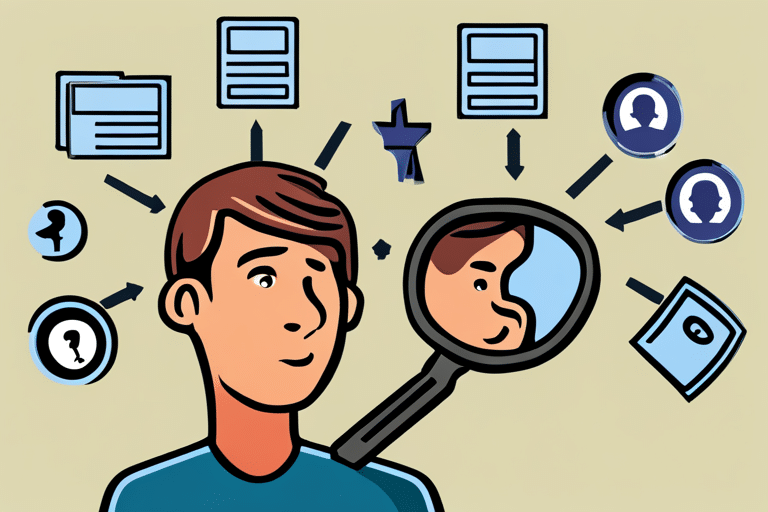
Exploring debt consolidation options can help you combine your debts into a single payment, making it easier to manage and potentially reducing your overall interest rates. It’s like creating a superhero team for your finances!
Picture this: all your debts, side by side in a neat and tidy table. On one side, we have the benefits of consolidation – simplified payments, lower interest rates, and the potential to save money in the long run. And on the other side, we have the risks – longer repayment terms and the temptation to accumulate more debt.
But fear not! With careful planning and discipline, you can harness these powers for good. Just remember to weigh the pros and cons before diving headfirst into consolidation land.
Your financial freedom awaits!
Seeking Professional Financial Counseling

Seeking professional financial counseling can provide valuable guidance and support in managing and improving your financial situation. It’s like having a personal trainer for your money!
Here are some benefits of working with a financial coach:
- Accountability: A coach will hold you accountable for your financial goals and help keep you on track.
- Expert Advice: They have the knowledge and expertise to guide you through complex financial matters.
- Personalized Plan: A coach will create a customized plan tailored to your specific needs and goals.
In addition to seeking professional counseling, there are also online resources available to assist you in managing your finances. Some popular options include:
- Budgeting Apps: These apps can help you track expenses, set budget goals, and monitor your progress.
- Educational Websites: Online platforms offer educational resources, articles, and tools to improve your financial literacy.
Building an Emergency Fund

Building an emergency fund is essential for financial stability and can provide a safety net during unexpected situations.
Picture this: you’re walking down the street, minding your own business, when suddenly a pigeon swoops down and steals your wallet. Disaster strikes! But fear not, because you have your emergency savings to fall back on.
Having money set aside for those ‘just in case’ moments can give you peace of mind and keep you from panicking when life throws unexpected curveballs at you. Whether it’s a sudden car repair or medical expense, having that cushion of cash can help you navigate through tough times without digging yourself into debt.
Exploring Additional Income Sources
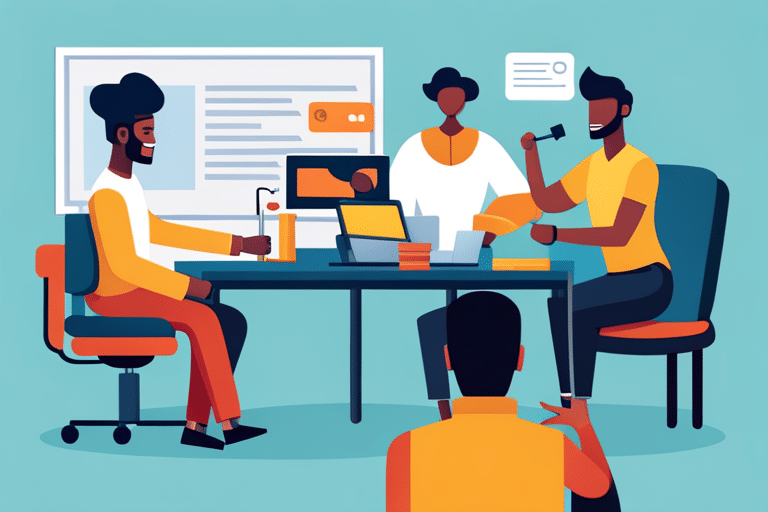
Looking for ways to increase your income can provide financial flexibility and open up new opportunities. So, you’re ready to explore some side hustles and investment opportunities? Great! Here’s a little picture for you:
- Side Hustles:
- Freelancing: Use your skills to offer services like graphic design or writing.
-
Airbnb Hosting: Rent out a spare room or your entire place when you’re away.
-
Investment Opportunities:
- Stock Market: Invest in stocks of companies you believe in and watch your money grow.
- Real Estate: Buy properties that generate passive income through rent.
By exploring these options, not only will you be earning extra cash, but you’ll also be diversifying your income streams. And who knows, one day these side hustles and investments could become full-time gigs!
Now that we’ve got the income part sorted, let’s move on to avoiding temptation and impulse spending…
Avoiding Temptation and Impulse Spending

So, you’ve finally decided to take control of your finances and avoid those pesky impulse purchases.
Well, buckle up because we’re about to dive into the wonderful world of budgeting for necessities, identifying those sneaky spending triggers, and setting some awesome financial goals.
Trust me, this is going to be one wild ride that will leave you feeling empowered and ready to conquer your bank account!
Budgeting for Necessities
To start managing your credit card debt after a financial crisis, prioritize budgeting for necessities like food and housing. Here are some budgeting strategies and saving techniques to help you get back on track:
- Cutting Expenses:
- Review your expenses and identify areas where you can cut back. Maybe skip that daily $5 latte or cancel unnecessary subscriptions.
-
Look for cheaper alternatives for groceries and household items. Clip coupons, shop sales, or try store brands.
-
Creating a Realistic Budget:
- Determine your monthly income and allocate it towards essential expenses first.
- Set aside a portion of your income for savings, even if it’s just a small amount. Every little bit counts!
Identifying Spending Triggers
When you’re trying to identify spending triggers, take a closer look at your emotional state and the situations that lead to impulsive purchases. It’s like being a detective, but instead of solving crimes, you’re solving your financial woes. So grab your magnifying glass and let’s get started!
First things first, pay attention to how you feel when you make those spontaneous buys. Are you feeling stressed? Sad? Happy? Identifying emotional triggers can help you understand why you reach for your wallet without thinking twice.
Next, examine the situations that often lead to impulsive purchases. Is it when you’re shopping with friends? Browsing online late at night? Remember, knowledge is power! Armed with this information, you can start developing healthy spending habits.
Establishing Financial Goals
Establishing financial goals helps you create a roadmap for your future financial success. It’s like using GPS to navigate through the money jungle! So, put on your explorer hat and let’s dive into the world of financial goal setting together.
Here are two sub-lists that will help you paint a picture of this exciting journey:
- Short-term Goals:
- Pay off credit card debt within six months.
-
Save $1,000 as an emergency fund by the end of the year.
-
Long-term Goals:
- Buy your dream home in five years.
- Achieve financial independence and retire comfortably by age 55.
Remember, setting goals is just the first step. You need to track your progress regularly. Think of it like checking off items on a shopping list or crossing off destinations on your travel itinerary. By keeping tabs on how you’re doing, you can make adjustments along the way and stay on course towards achieving financial greatness!
Now go forth, master of money, and conquer those financial goals!
Developing a Long-Term Debt Repayment Plan

Creating a budget is essential for developing a long-term debt repayment plan.
So, you’ve got yourself into some credit card debt, huh? Don’t worry, we’ve all been there.
The first step to getting out of this mess is to cut back on your expenses. Do you really need that daily venti caramel macchiato? Probably not. Sacrifices have to be made, my friend! Take a good hard look at your spending habits and find areas where you can tighten the purse strings.
But hey, if you’re feeling overwhelmed or just plain clueless about where to start, don’t hesitate to seek professional help. There are financial advisors out there who specialize in helping people like us climb out of the debt hole.
Monitoring Your Credit Score and Report

To keep track of your creditworthiness, regularly check your credit score and report for any errors or discrepancies. Think of it as monitoring your financial health – just like you would monitor your steps on a fitness tracker.
It’s important to stay on top of things, especially when it comes to something as vital as your credit. Here’s a handy little list to help you understand the importance of credit monitoring:
-
Credit Score: Your magical number that lenders use to judge your trustworthiness. Know where you stand by checking it regularly. Keep an eye out for any sudden drops or suspicious activities.
-
Credit Report: The detailed history of all your financial moves. Look for errors or incorrect information. Spot potential signs of identity theft early on.
Seeking Legal Advice if Necessary

If you’re facing legal issues related to your credit, it’s wise to seek advice from a lawyer who specializes in consumer law. They can guide you through the complicated world of credit and help you understand your rights and options. One option that might be available to you is filing for bankruptcy. While this may seem like a scary word, it can actually provide relief and a fresh start for those drowning in debt. To give you an idea of the different bankruptcy options, here’s a handy table:
| Bankruptcy Option | Description |
|---|---|
| Chapter 7 | Liquidation of assets to pay off debts |
| Chapter 13 | Repayment plan over 3-5 years |
Dealing With Collection Agencies
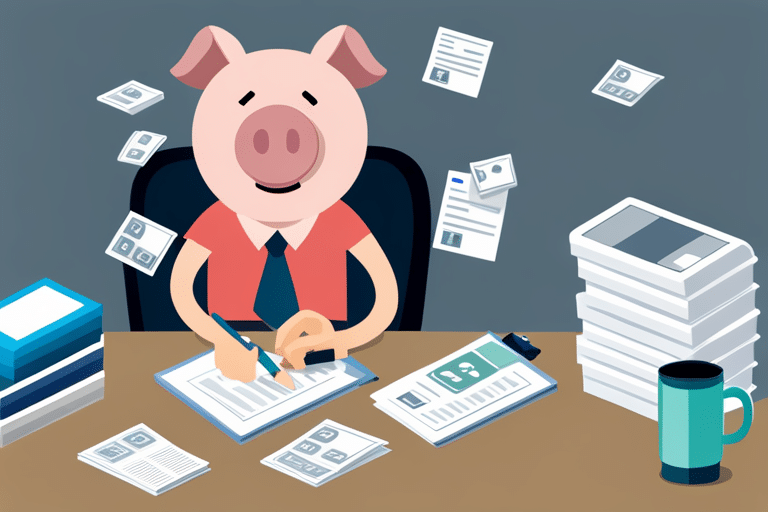
So, you’ve found yourself in a bit of a pickle with collection agencies. Don’t fret, my friend! It’s time to put on your negotiation hat and start working out those payment plans.
And hey, remember that you have legal rights and protections too, so don’t be afraid to assert yourself when dealing with these pesky collectors.
Negotiating Payment Plans
When negotiating payment plans, you can start by contacting your credit card company to discuss potential options. Don’t worry, it’s not as intimidating as it sounds! Here are some steps you can take:
- Reach out to your credit card company and explain your situation.
- Use polite language and be honest about your financial struggles.
- Ask if they offer any hardship programs or payment plans.
- Negotiate interest rates:
- Express your desire to settle the debt and ask if they can lower the interest rate.
- Highlight that a lower interest rate would make it easier for you to pay off the debt over time.
Remember, being assertive yet polite is key when negotiating with credit card companies. They want their money back too, so they may be willing to work with you.
Good luck on your journey towards financial freedom!
Legal Rights and Protections
It’s important to be aware of your legal rights and protections when dealing with financial challenges. Understanding your options for debt relief can make a world of difference in your journey towards financial freedom. To help you navigate through this process, here is a handy table outlining some key legal rights and protections available to you:
| Legal Rights | Debt Relief Options |
|---|---|
| Fair Debt Collection | Debt settlement |
| Practices Act | Bankruptcy |
| Credit counseling | |
| Truth in Lending Act | Loan modification |
| Debt consolidation |
Celebrating Milestones and Staying Motivated

You can stay motivated and celebrate milestones along your journey to recovering from credit card debt. It may seem like a daunting task, but with the right mindset and a little celebration here and there, you’ll be well on your way to financial freedom. Here’s how you can do it:
-
Set achievable goals: Break down your debt repayment into smaller, manageable chunks. Each time you reach one of these goals, give yourself a pat on the back.
-
Reward yourself: Treat yourself to something small whenever you achieve a milestone. It could be as simple as buying your favorite coffee or enjoying a movie night at home.
-
Find support: Surround yourself with people who believe in you and your ability to overcome this challenge. Share your progress with them and let them cheer you on.
Frequently Asked Questions
How Long Does It Typically Take to Negotiate With Credit Card Companies and Reach a Settlement?
Negotiating with credit card companies can take some time, but it’s worth it. The timeline varies, but you can typically reach a settlement within a few months if you stay proactive and persistent. Keep pushing forward!
Are There Any Tax Implications or Consequences for Exploring Debt Consolidation Options?
When it comes to tax implications and debt consolidation options, it’s important to do your research. Credit counseling can help you understand the potential consequences and make informed decisions about your financial recovery.
What Are Some Effective Strategies for Avoiding Temptation and Impulse Spending?
To avoid impulse spending and financial temptations, try these strategies: make a budget, track your expenses, leave credit cards at home, only shop with a list, and find alternative activities that don’t involve spending money.
How Often Should I Monitor My Credit Score and Report?
You’re probably wondering how often to check your credit score. Well, did you know that 79% of people who monitor their credit score at least once a month have higher scores? So, make it a habit!
What Are Some Alternative Ways to Celebrate Milestones and Stay Motivated While Paying off Credit Card Debt?
Looking for ways to stay motivated while paying off credit card debt? Try celebrating milestones with alternative rewards and finding support from friends or online communities. It’ll make your journey towards financial freedom more enjoyable!
Conclusion
Congratulations on completing the journey to recover from credit card debt! You’ve assessed, budgeted, prioritized, negotiated, consolidated, monitored, sought advice, and dealt with those pesky collection agencies.
Your determination and dedication have paid off! Remember to celebrate your milestones along the way and stay motivated.
Keep in mind that this isn’t just a conclusion but a commencement into a debt-free future. So stay savvy and financially secure as you sail smoothly towards success!

